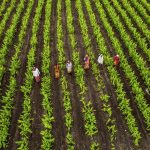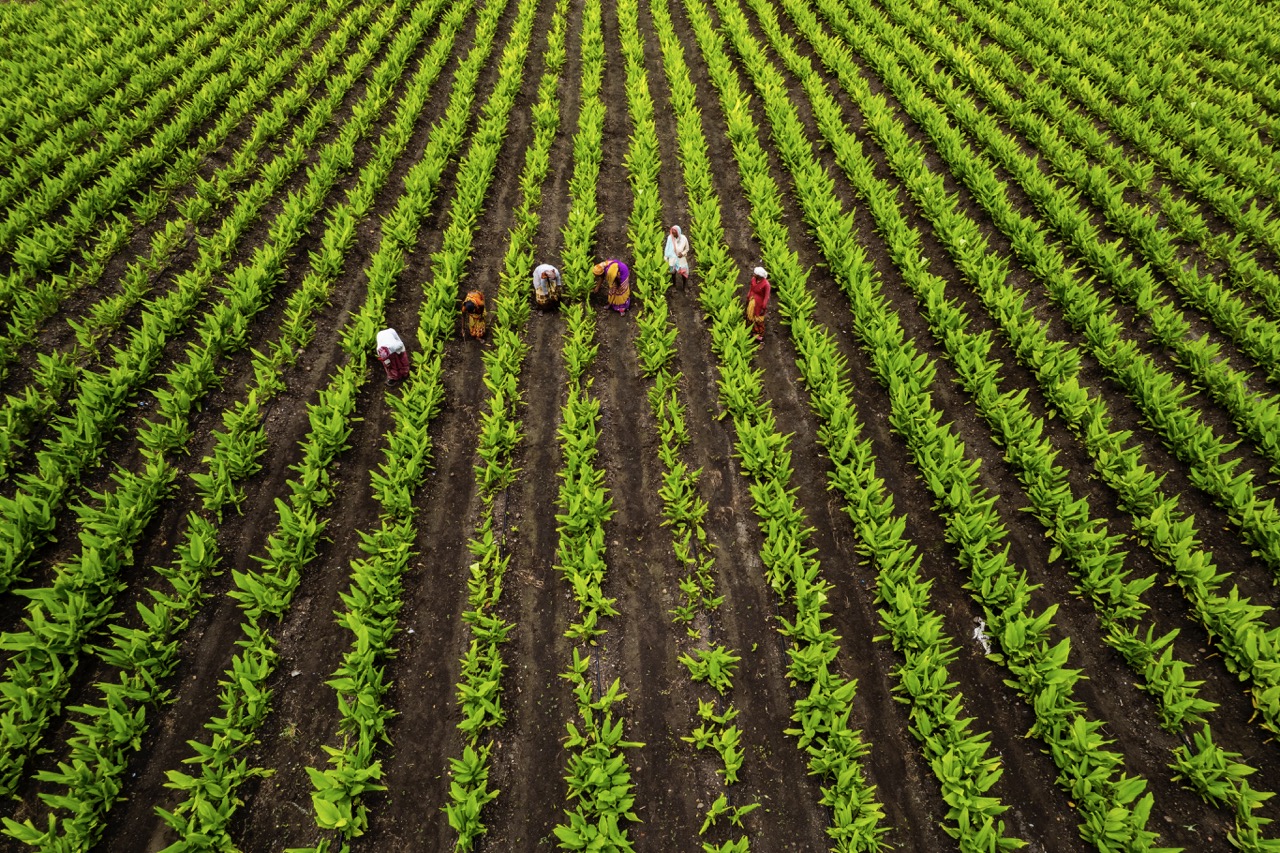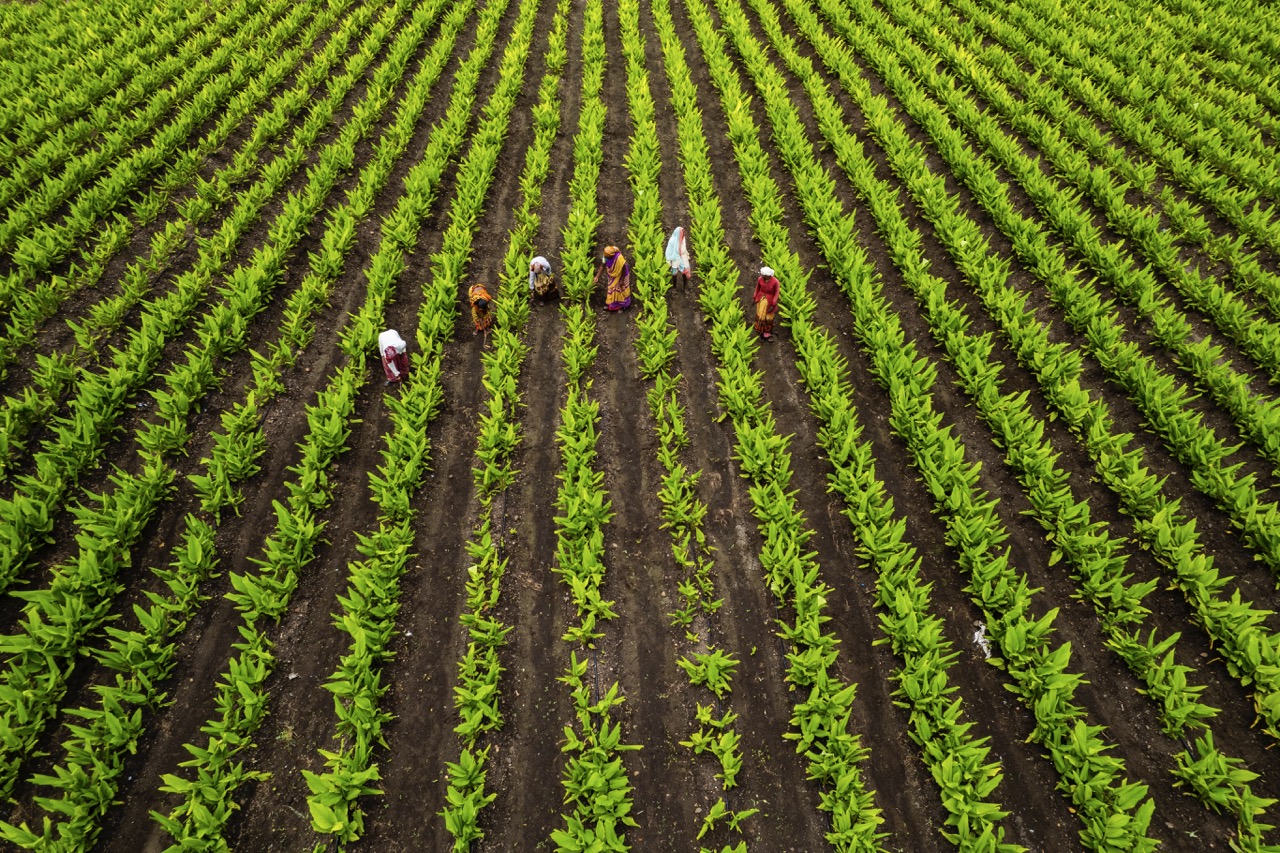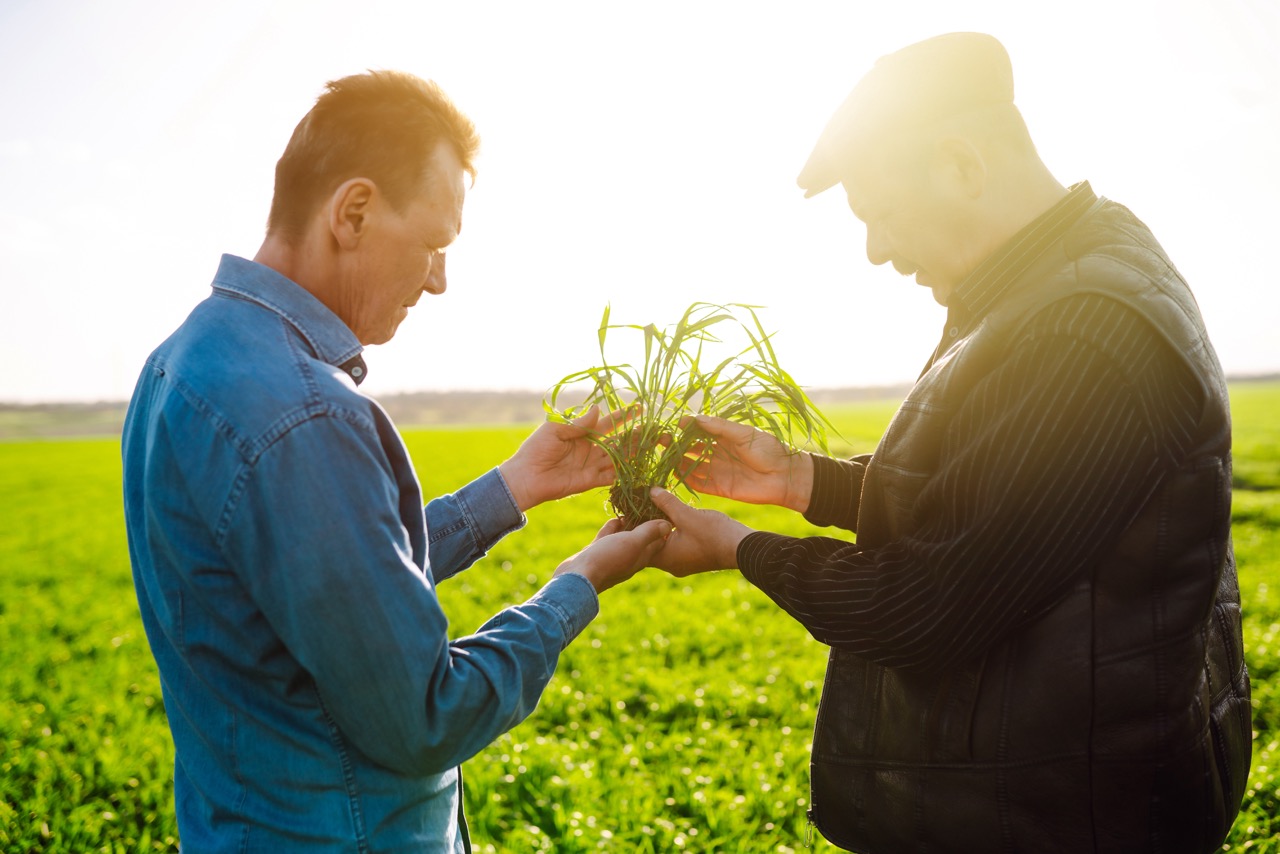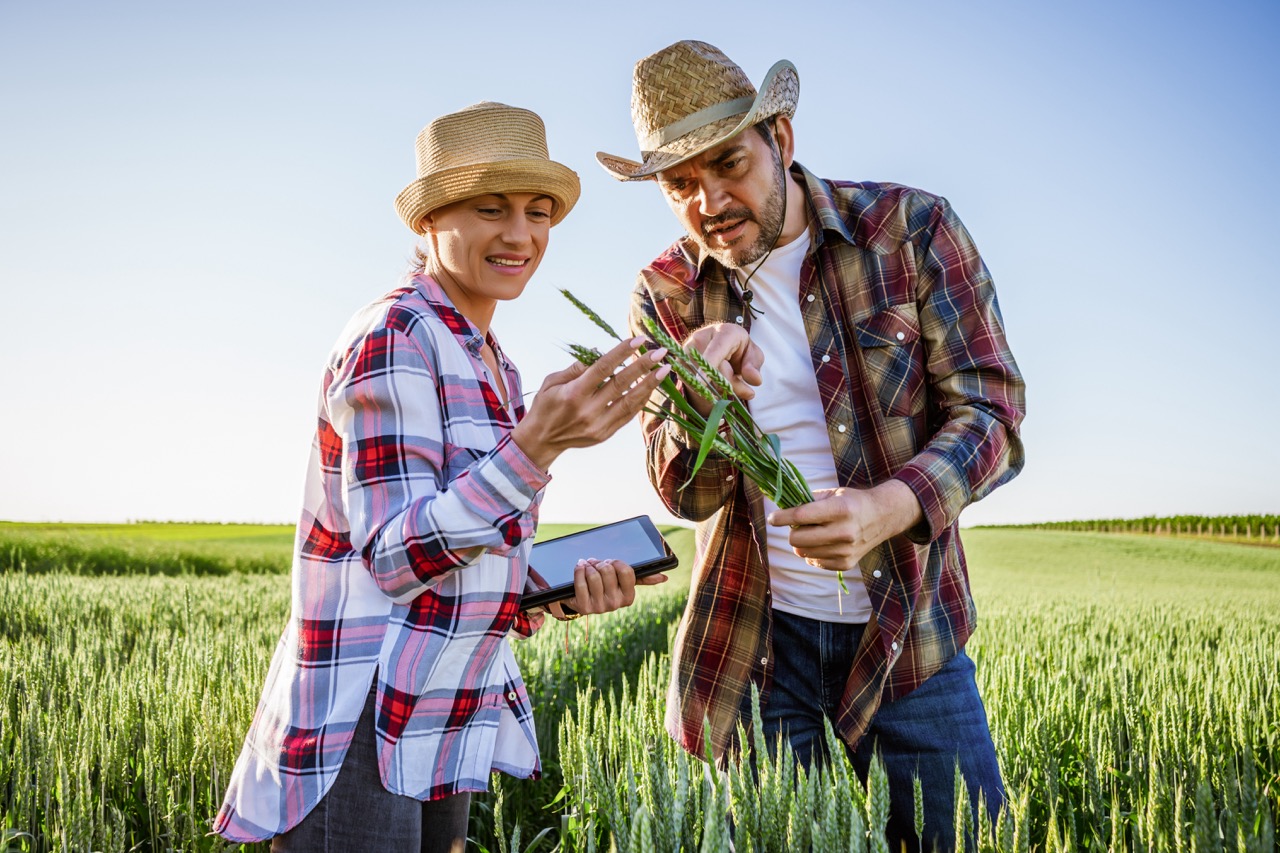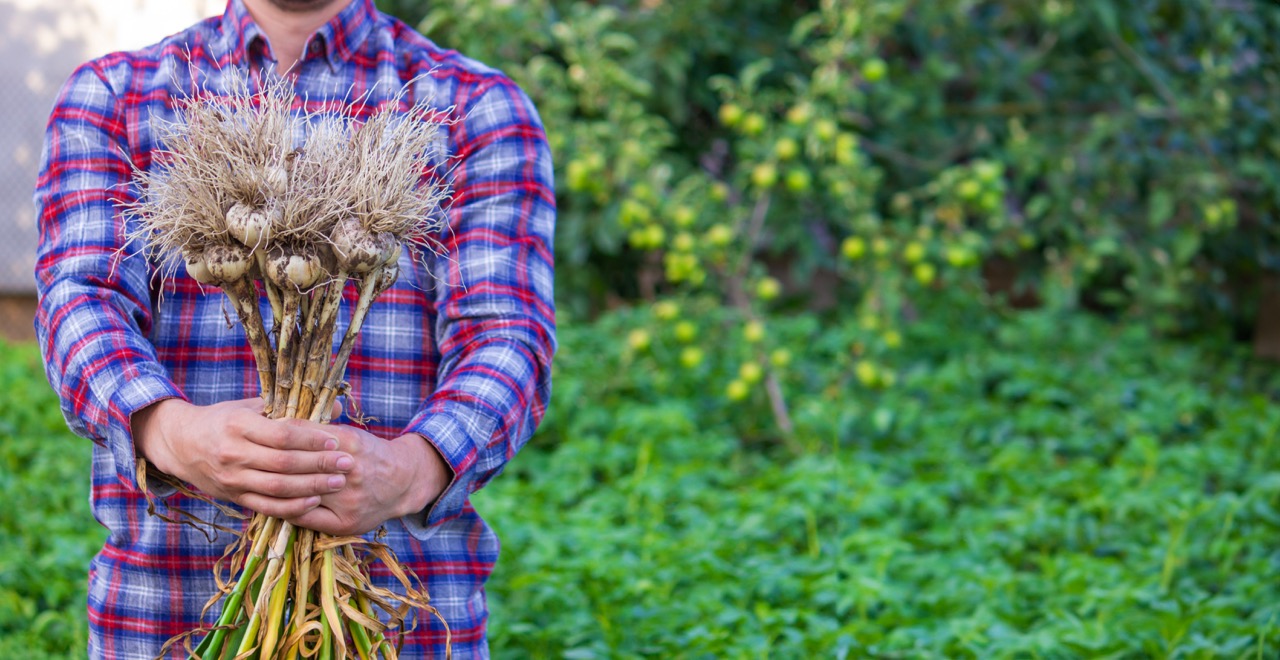Sharecropping has been a fundamental agricultural practice, particularly in the Southern United States, since the end of the Civil War. It is a system where landowners provide land and resources to tenant farmers, who in return offer a portion of their crop yield. While the economic aspects of sharecropping often dominate discussions, the underlying element that determines the success or failure of these partnerships is trust. This article explores the significance of trust within sharecropping relationships, delving into historical contexts, strategies for building trust, and the potential for a sustainable future rooted in mutual reliance.
Understanding the Role of Trust in Sharecropping Dynamics
In sharecropping arrangements, trust serves as a crucial lubricant that facilitates cooperation between landowners and tenant farmers. The dynamics of these relationships hinge on the mutual understanding that both parties must benefit for the system to thrive. When trust is established, it leads to open communication, fostering an environment where both parties are willing to negotiate terms that are beneficial and fair. Conversely, a lack of trust can lead to misunderstandings, exploitation, and conflict, ultimately jeopardizing the sustainability of the partnership.
Moreover, trust impacts the level of investment that tenant farmers are willing to make in their agricultural practices. When farmers trust their landowners, they are more likely to invest in improving the land and enhancing crop yields, knowing that their efforts will be recognized and rewarded. This investment is not just financial; it encompasses emotional and psychological dimensions where farmers feel safe to innovate and take calculated risks. In contrast, erosion of trust often results in minimal investment, leading to lower productivity and a cycle of poverty and dependency.
Lastly, the role of trust extends beyond the immediate relationship between landowners and sharecroppers. It influences the broader community dynamics, affecting how neighboring farmers interact and collaborate. A community with high levels of trust is likely to foster collective strategies for resource sharing, knowledge transfer, and mutual support during challenging times. This interconnectedness further solidifies the importance of trust as a foundational element in the sharecropping system, emphasizing that it is not merely a personal issue but a communal one.
Historical Context: Trust Factors Shaping Sharecropping
The roots of sharecropping can be traced back to post-Civil War America, where former enslaved individuals sought economic independence. However, the trust dynamics were heavily influenced by the prevailing racial and social hierarchies of the time. Landowners, predominantly white, often wielded significant power, creating a system where African American sharecroppers were frequently subjected to exploitation and manipulation. This historical context laid a complex foundation for trust, wherein many black farmers were forced to navigate relationships that were often fraught with suspicion and inequality.
Throughout the late 19th and early 20th centuries, trust factors were shaped not only by race but also by economic conditions. The cyclical nature of agricultural markets, combined with the vulnerability of sharecropper livelihoods to natural disasters and market fluctuations, created an environment where trust was both a necessity and a liability. Instances of betrayal, such as landowners withholding funds or overcharging for supplies, further eroded trust, making it difficult for sharecroppers to seek equitable partnerships. This cycle of distrust ultimately undermined the economic stability of many sharecropping families.
Furthermore, historical movements and legislative changes, such as the New Deal programs in the 1930s, emerged as attempts to address the inequities within the agricultural sector. These initiatives aimed to enhance trust by providing financial assistance and technical support to sharecroppers. However, the effectiveness of such measures was often hampered by pre-existing distrust and systemic barriers. Thus, understanding the historical context of sharecropping reveals that trust has always been a double-edged sword—one that requires constant nurturing amidst challenging socio-economic landscapes.
Building Trust: Key Strategies for Successful Partnerships
In order to foster sustainable sharecropping relationships, both landowners and tenant farmers must actively engage in building trust. One effective strategy is to establish clear and transparent communication channels. Regular discussions about expectations, responsibilities, and financial arrangements can prevent misunderstandings and foster a sense of partnership. When both parties feel heard and valued, it enhances their commitment to the relationship and increases the likelihood of successful outcomes.
Another vital strategy centers around equitable profit-sharing agreements. Landowners should ensure that their tenants receive a fair share of the crops and profits, allowing them to invest in their operations without fear of exploitation. This not only strengthens the economic viability of the sharecropping arrangement but also enhances the psychological trust between parties. Sharecroppers who feel they are treated fairly are more likely to invest time, effort, and resources back into the land, creating a mutually beneficial cycle.
Lastly, fostering community engagement can significantly bolster trust within sharecropping arrangements. Initiatives that encourage collaboration among neighboring farmers can serve as a platform for knowledge sharing and support. Workshops on sustainable farming practices, crop diversification, and financial literacy can empower sharecroppers while building a network of mutual reliance. When farmers feel connected to their peers, the overall sense of trust within the sharecropping system is strengthened, creating a robust foundation for future partnerships.
The Future of Sharecropping: Trust as a Sustainable Foundation
As agricultural practices continue to evolve, the future of sharecropping will increasingly rely on the cultivation of trust. With the rise of sustainable farming practices and the growing focus on food justice, landowners and sharecroppers alike must prioritize trust as an essential component of their collaboration. Emphasizing ethical practices, environmental stewardship, and fair compensation will be vital in fostering relationships that can weather the challenges posed by climate change and market volatility.
Moreover, technological advancements, such as precision agriculture and data-sharing platforms, have the potential to enhance transparency and accountability in sharecropping arrangements. By utilizing these tools, both landowners and tenant farmers can access real-time information about crop performance, market prices, and resource availability. This not only builds trust through shared knowledge but also enables informed decision-making, facilitating more equitable partnerships in the long run.
Lastly, the ongoing discourse around land ownership and reparations is set to further influence trust in sharecropping relationships. As more individuals and organizations recognize the historical injustices faced by marginalized farmers, there is a growing push for equitable land distribution and support for sustainable agricultural practices. By addressing these systemic issues, stakeholders can help create a more just agricultural system—one where trust is not merely an ideal but a practical reality that underpins every sharecropping partnership.
In conclusion, trust is not just an ancillary aspect of sharecropping; it is the bedrock upon which successful partnerships are built. By understanding the historical context that shaped trust dynamics, employing strategic methods to strengthen these bonds, and envisioning a future that prioritizes mutual reliance, stakeholders in the sharecropping system can pave the way for a more sustainable and equitable agricultural landscape. As we move forward, it is imperative to recognize that trust is a living entity—one that requires ongoing attention, dialogue, and commitment from all parties involved.





